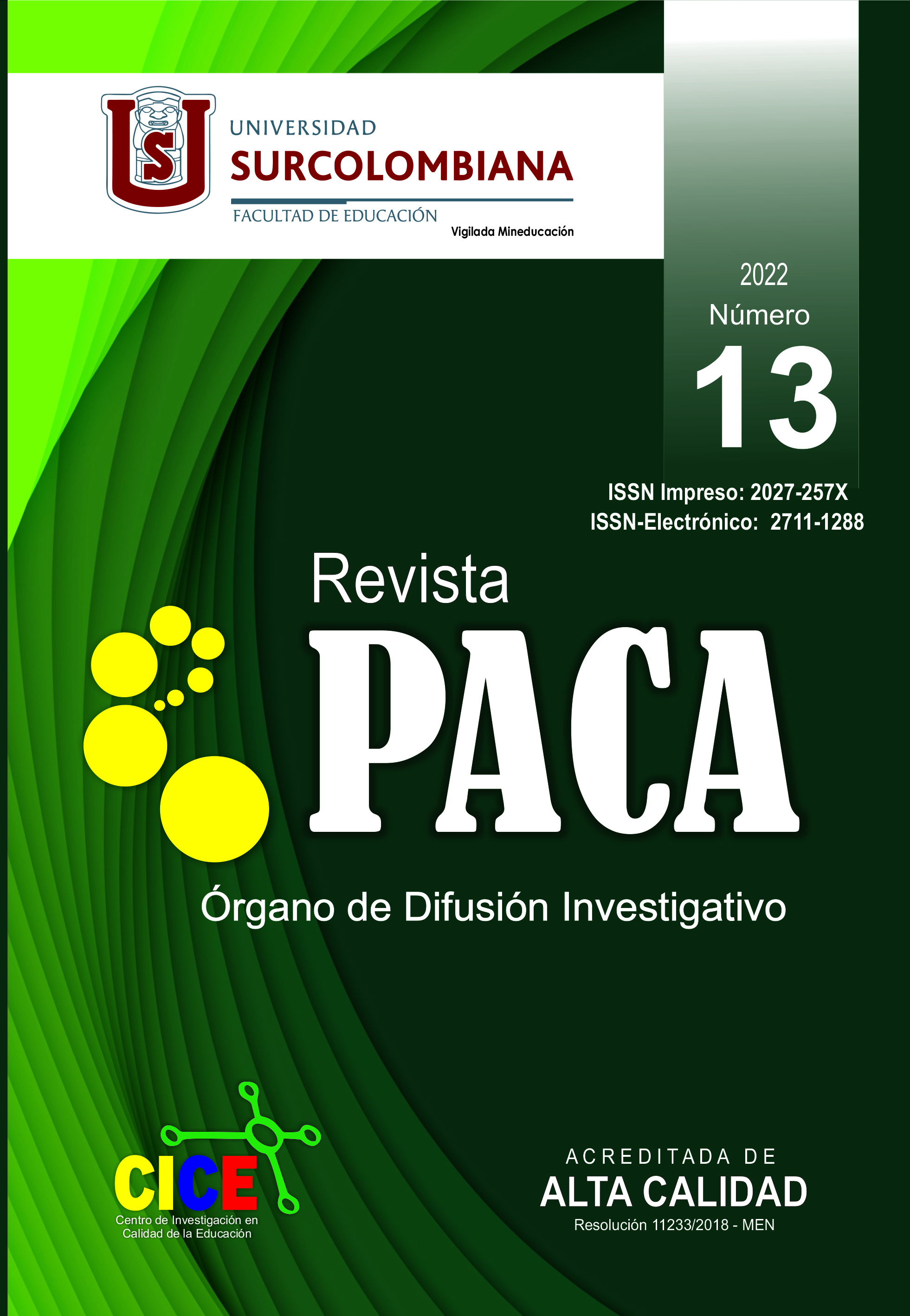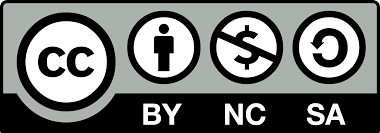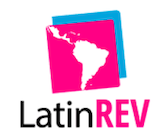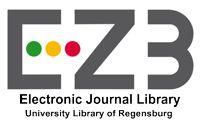The effects of SIEE on the assessment process on the first grade at a public school in Huila
##plugins.themes.bootstrap3.article.main##
Even though evaluation as assessment or reasoned judgment on issues and people is a natural process of language and communication, it takes a pejorative vision in educational contexts because tests and grades are culturally presented as a compulsory demand at school and work. From a perspective of evaluation as a process of permanent dialogue concerning knowledge, culture, citizenship and life projects, this qualitative ethnographic study shows the roles and perceptions of first-grade teachers from a public school in Huila. This research sought to analyze the procedures and effects of the SIEE on first-grade assessment practices through observation, conversation/interviews, focus groups, and analysis of documents such as the institutional educational project (PEI) and those used either in virtual or face-to-face classroom environments. The results showed teachers’ lack of knowledge about the evaluation legislation, the absence of self-training to understand the social meaning of formative assessment, and teachers’ decisions to transform the pedagogical and assessment visions and practices. The work with rubrics in project-based pedagogy is the horizon and the challenge to guarantee the cohesion of the Institutional System for the Evaluation of Student Learning. This thesis is a support to achieve it.
Downloads
##plugins.themes.bootstrap3.article.details##
Atorresi, A. (2005). Construcción y evaluación de consignas para evaluar la escritura como competencia para la vida. Enunciación, 10(1). Bogotá: Universidad Distrital.
Bustamante, G. (2012). El maestro Cuadrifronte. Revista Infancias Imágenes, vol. 11, No. 2. pp. 87-97.
Bustamante, G. y Jurado, F. Comps. (2020). Evaluación y área de lenguaje I. Bogotá: Red Lenguaje y Aula de Humanidades.
Ferreiro, Emilia y Teberosky Ana. (2003). Los sistemas de escritura en el desarrollo del niño. México: Siglo Veintiuno.
Jurado Valencia, Fabio y Colaboradores. (2012). “Sobre el sistema institucional de evaluación de los aprendizajes de los estudiantes”. Cuaderno del Seminario en Educación, No. 15. Bogotá: Instituto de Investigación en Educación, Universidad Nacional de Colombia.
Jurado, F. y Bautista, Á. (2022). Gloria Rincón Bonilla y la didáctica del lenguaje. Ensayos sobre pedagogía por proyectos e investigación en el aula. Cali: Universidad del Valle - Red Lenguaje.
Ministerio de Educación Nacional. (2009). Decreto 1290, sobre la evaluación. Bogotá: MEN.
Ministerio de Educación Nacional. (2014). Decreto 1075, sobre la evaluación. Bogotá: MEN.
Peñaranda, L., Paz, E. y Toro, N. (2022). Construcción y evaluación de los "Resultados de aprendizaje". Bogotá: UCEVA - Aula de Humanidades.
Ravela, P., Picaroni, B. y Loureiro, G. (2017). ¿Cómo mejorar la evaluación en el aula?. Montevideo: Magro Editores.
Sánchez, L., Jurado, F., Cerchiaro, E. y Paba, C. (2022). El aprendizaje inicial de la lengua escrita: La función semiótica de las imágenes visuales. Santa Marta: Universidad del Magdalena.
Shepard, L. (2006). La evaluación en el aula. México: Instituto Nacional para la Evaluación de la Educación.
Wiggins, G. (1998). Rúbricas para la Evaluación (capítulo 7). En: Educative Assessment. Designing Assessments to Inform and Improve Student Performance. San Francisco: Jossey-Bass.
































